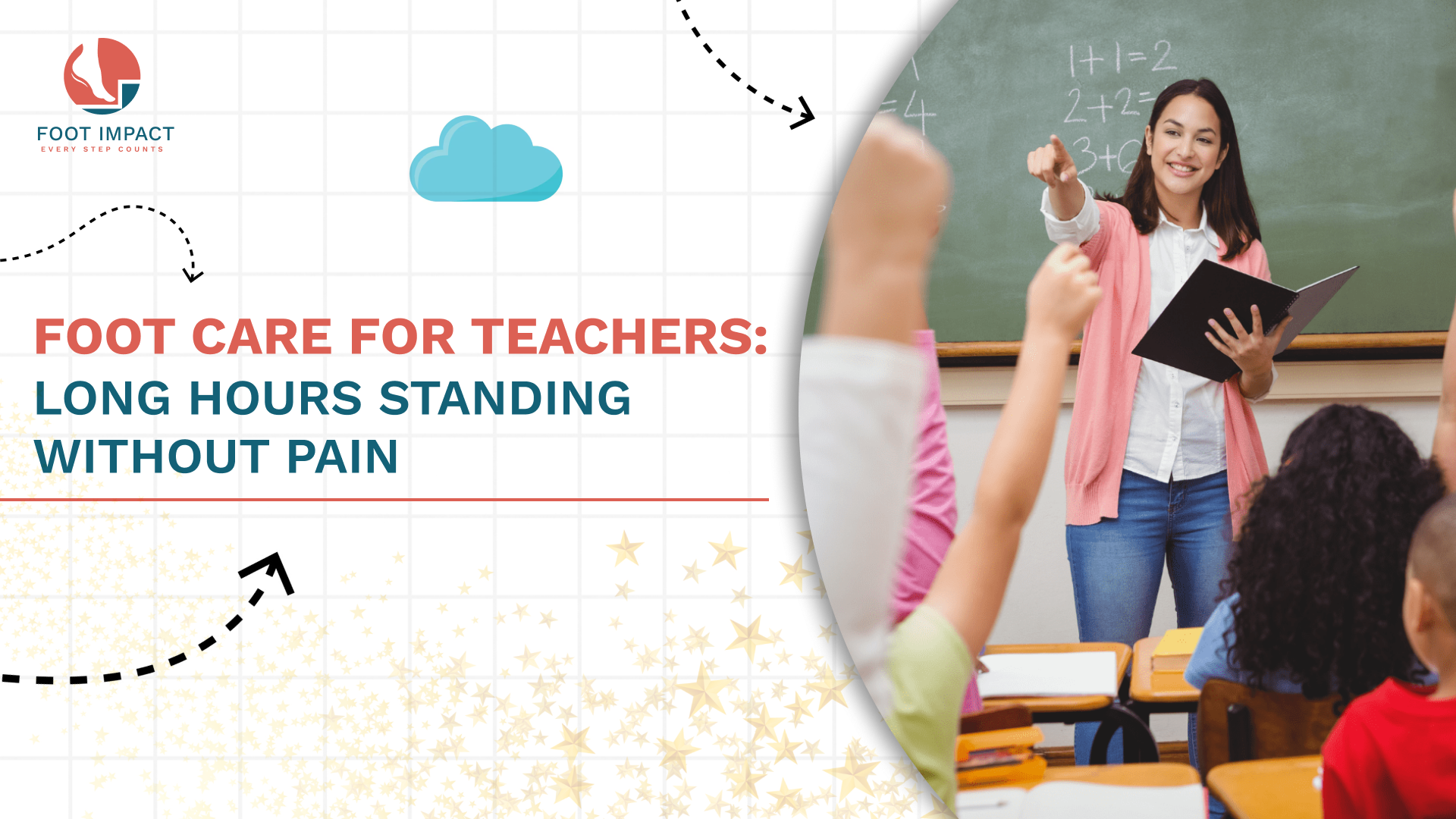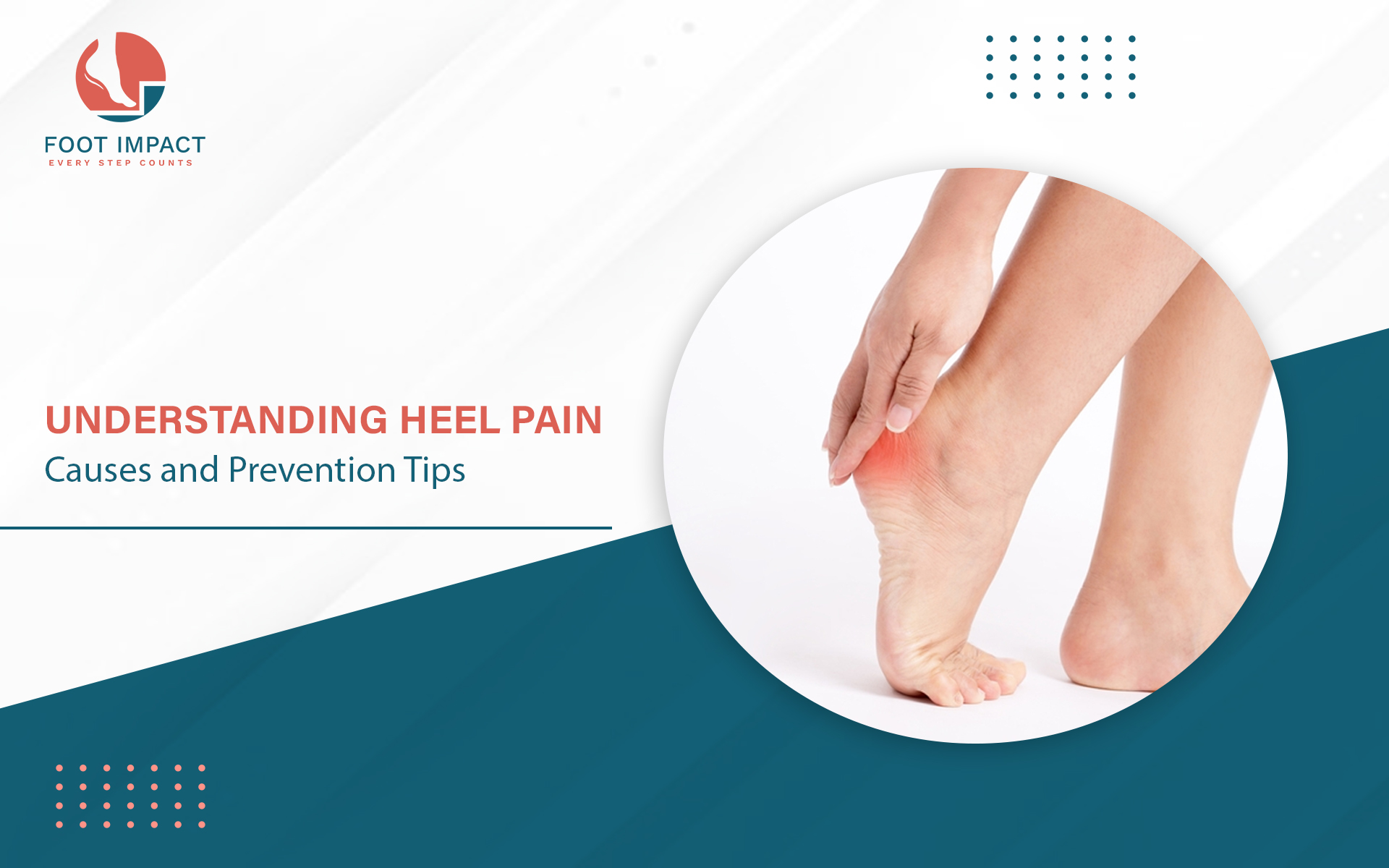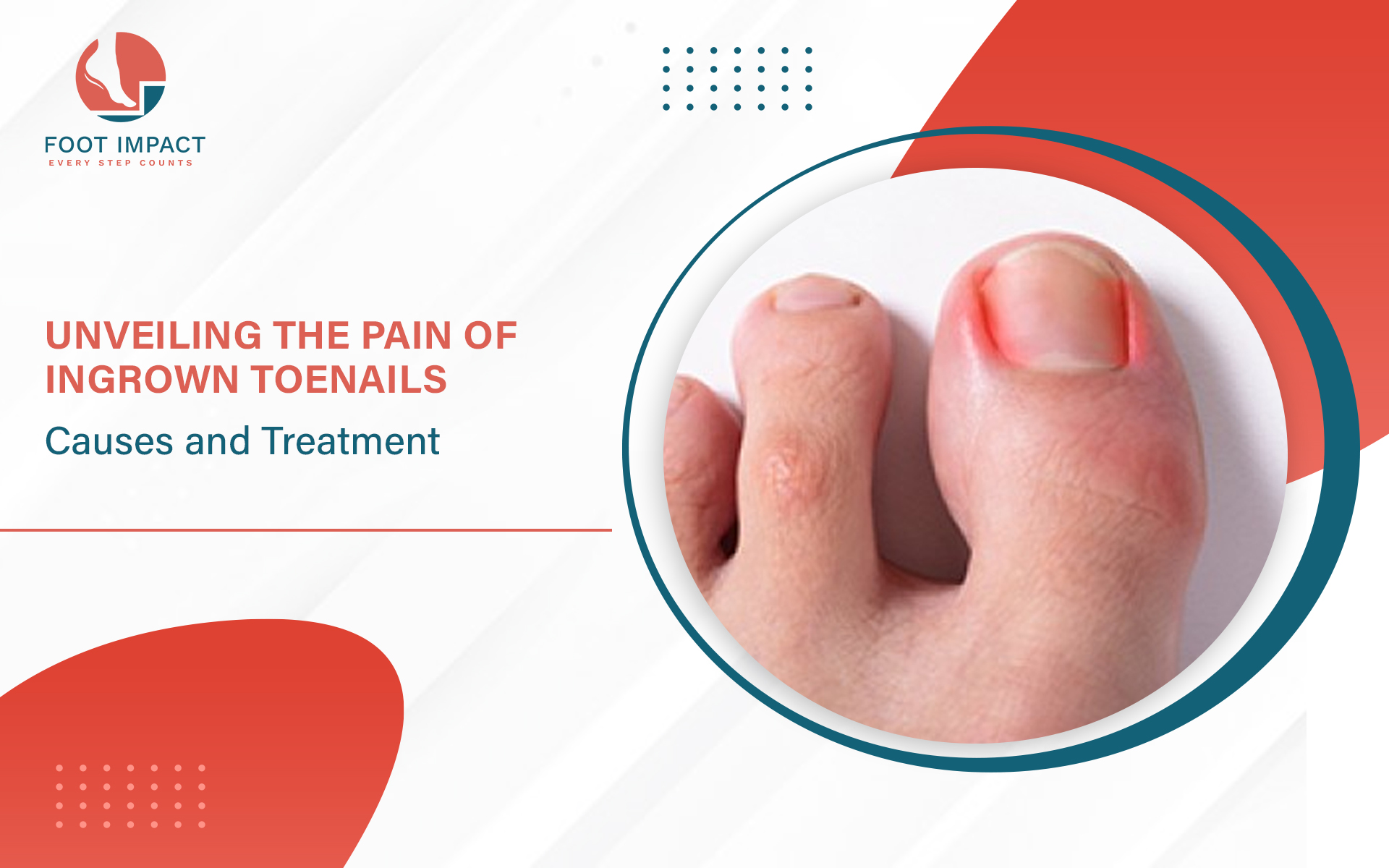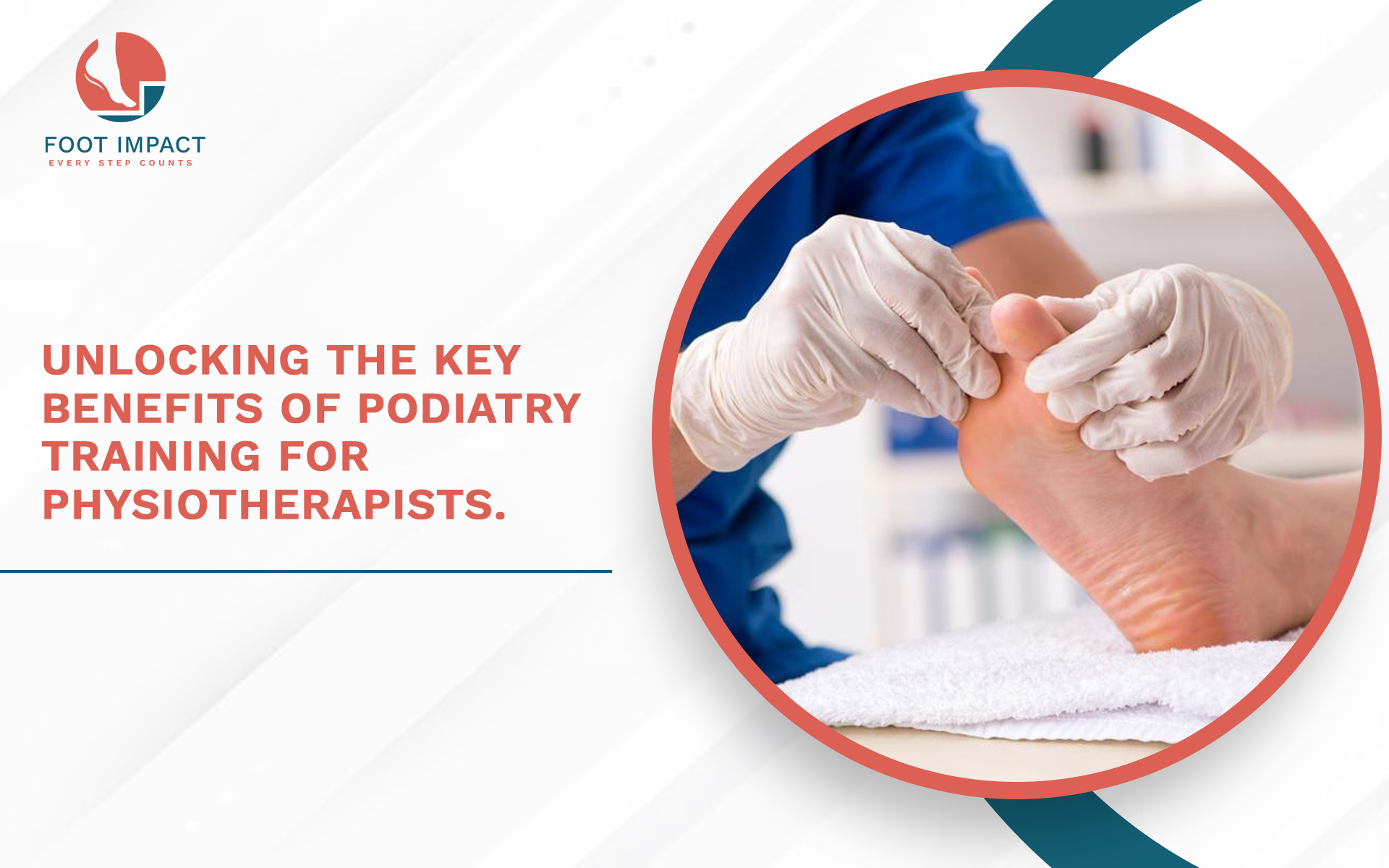Foot Care for Teachers: Long Hours Standing Without Pain
Teaching is more than a profession—it's a full-body workout. From pacing the classroom to standing through long lectures, most teachers spend the majority of their day on their feet. While your heart and mind are dedicated to your students, your feet often pay the price—resulting in soreness, swelling, or chronic pain over time. That’s why prioritizing foot care isn’t a luxury—it’s a must. In this blog, we’ll explore simple and effective foot care tips tailored specifically for teachers, along with the best footwear, stretches, and daily habits to help you stay pain-free and energized throughout the school day.
Introduction: Why Teachers Need Special Foot Care
If you're a teacher, you know this better than anyone—your job requires more than lesson planning and classroom management. It means standing, walking, and staying on your feet for 5 to 8 hours a day, sometimes more. Over time, this constant standing can lead to heel pain, arch strain, swollen feet, and even back or knee issues.
The good news? With the right foot care tips, footwear, and daily habits, you can reduce or even eliminate that discomfort—and teach pain-free!
How Standing Affects Teachers’ Feet
While standing may seem harmless, doing it for long hours without proper support can lead to long-term issues. Teachers are especially at risk for:
Common Foot Problems Faced by Teachers:
Heel pain and plantar fasciitis
Swelling in the feet or ankles
Toe pain or bunions
Poor foot posture can result in back and knee pain.
Calluses or cracked heels
Standing puts pressure on the arch, heel, and ball of the foot, and poor-quality shoes or hard floors only make it worse. If ignored, these can turn into chronic conditions that affect mobility and overall well-being.
Daily Foot Care Routine for Teachers
Give your hardworking feet the care they deserve. Try this easy foot care routine:
Morning (Before School):
Stretch your feet and calves to activate muscles
Apply moisturizer, especially on the heels, to prevent dryness
Insert orthotic or memory foam insoles in your shoes for support
During School:
Use micro-breaks to shift your weight or sit when possible
Roll your foot on a small ball or bottle under your desk
If allowed, wear comfort footwear during free periods
After School:
Try soaking your feet in warm Epsom salt water.
Massage them with a roller or oil
Elevate your legs for 10–15 minutes to reduce swelling
Moisturize again before bed
Doing this daily keeps your feet from building up tension and helps reduce inflammation.
Best Shoes for Teachers Who Stand All Day
The shoes you choose can significantly affect your level of comfort. If your footwear isn’t supportive, it could be the reason behind your pain.
What to Look for in Teaching Shoes:
Cushioned insoles
Arch support
Shock-absorbing outsoles
Wide toe box for toe comfort
Slip-resistant soles for safety
Lightweight and breathable material
Recommended Shoes for Teachers:
ASICS – Great for daily use with outsole manufacturer as the arch pattern
Brooks Ghost Running Shoes – Excellent cushioning and breathability
Sports shoes are more recommended over the formal shoes, as teachers stand for long hours & the sport shoes give an add-on cushion which is absent in the formal shoes.
Above mentioned shoes are made according to the arch pattern along with extra cushion, no doubt these are made for agility activities but believe me these are the best shoes for the teacher which are available in the Indian market.
Tip: Always try shoes on in the evening when your feet are naturally swollen—that’s when sizing matters most.
If you are experiencing any pain or discomfort as enlisted above then you should consider consulting a podiatrist.
Foot Exercises & Stretches for Pain Relief
Quick stretches can make a huge difference in how your feet feel at the end of the day. You can even do some of these at your desk.
Easy Stretches for Teachers:
Toe Raises – Strengthen arches by raising your toes 10–15 times
Foot Rolls – Use a tennis ball under your foot to massage
Calf Stretches – Lean against a wall with one leg behind, stretch for 30 seconds
Ankle Circles – 10–15 rotations in each direction improve mobility
Doing these 2–3 times a day can boost circulation and prevent stiffness.
Must-Have Foot Care Accessories for Teachers
Consider these budget-friendly tools to enhance foot comfort:
Compression socks – Prevent swelling and improve circulation
Heel cushions or gel pads – Absorb shock and reduce heel pain
Orthotic insoles – Especially useful for those with flat feet or high arches from a podiatrist not off the shelf.
Anti-fatigue mats – Perfect for teachers who stand in one place (like labs or art rooms)
Electric foot massagers – Help muscles recover after long days
When to See a Specialist
Foot pain is common but not normal. You should visit a podiatrist if:
Pain persists for more than two weeks
You experience tingling, numbness, or burning sensations
There’s visible swelling, bruising, or deformity
Pain wakes you up at night or affects your walk
In general tired achy legs.
Early treatment can prevent conditions like plantar fasciitis, heel spurs, or tendonitis.
Quick Recap: Teacher’s Foot Health Checklist
✅ Wear arch-supportive, cushioned shoes
✅ Stretch your feet and legs daily
✅ Moisturize heels to prevent cracks
✅ Use foot care tools like insoles and compression socks
✅ Don’t ignore recurring foot pain—get it checked
Final Thoughts: Teaching is Tough—Your Feet Shouldn’t Suffer
You give your all in the classroom—don’t let aching feet steal your energy or enthusiasm.
Prioritize your foot health just like you do your students.
Looking for the top shoes, insoles, and foot care products for teachers?
[Check Out Our Foot Wellness Collection]
Or book a free consultation with a foot care expert today!



